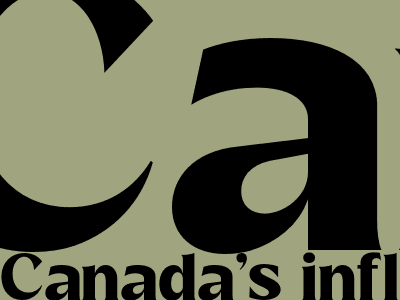
Canada's Inflation Rate Jumps Back to 2%, Likely Curbing Large Rate-Cut Bets
What Happened?
Canada's annual inflation rate unexpectedly accelerated to 2% in July, Statistics Canada reported on Wednesday, above the Bank of Canada's 1% to 3% target range. The increase was mainly driven by higher gasoline and food prices.
The data comes as a surprise to economists, who had expected inflation to remain subdued amid concerns about a global economic slowdown.
Impact on Interest Rates
The jump in inflation is likely to make the Bank of Canada more cautious about cutting interest rates aggressively. The central bank has already lowered its benchmark rate twice this year, to 1.5%, in an effort to stimulate economic growth.
However, with inflation now back above the target range, the Bank of Canada may be less inclined to cut rates further. This could lead to higher borrowing costs for businesses and consumers.
Outlook for the Economy
The higher inflation rate is a sign that the Canadian economy is starting to heat up. However, it is still unclear whether this is a temporary blip or a sign of more persistent inflation.
If inflation continues to rise, the Bank of Canada may be forced to raise interest rates sooner than expected. This could slow economic growth and make it more difficult for businesses to create jobs.
Conclusion
The jump in Canada's inflation rate is a reminder that the global economy is still facing significant challenges. The Bank of Canada will need to carefully balance its mandate to keep inflation low with its desire to support economic growth.